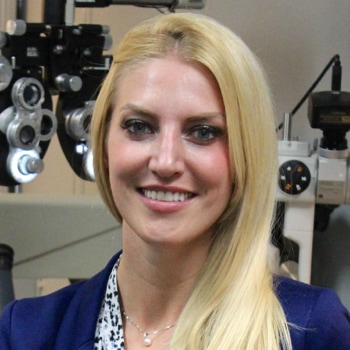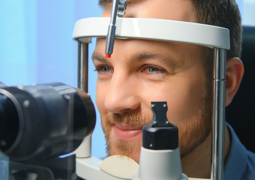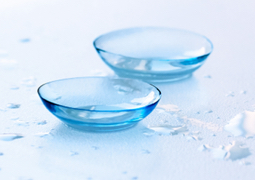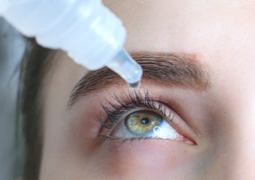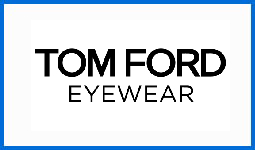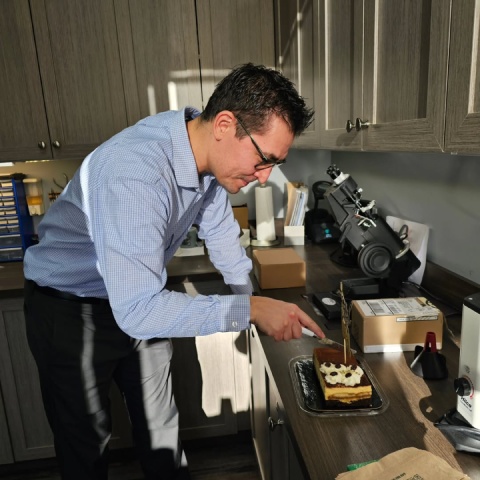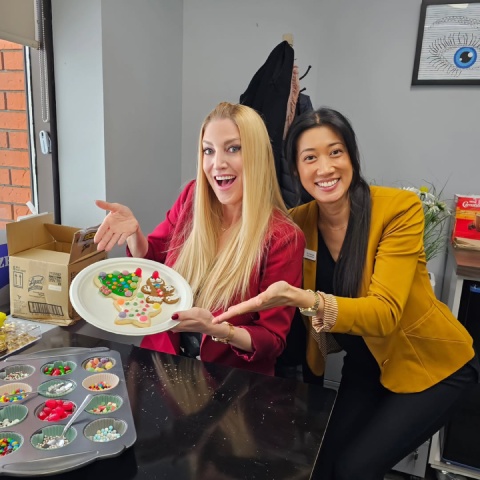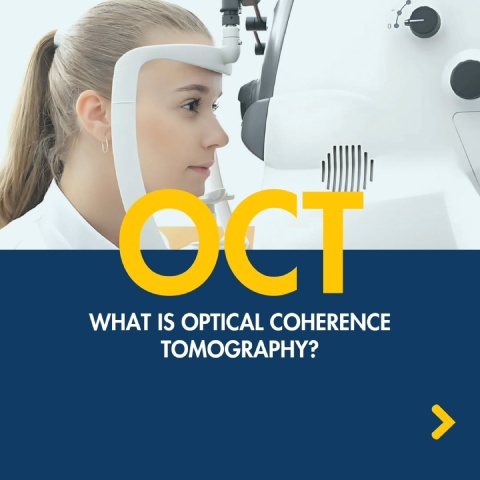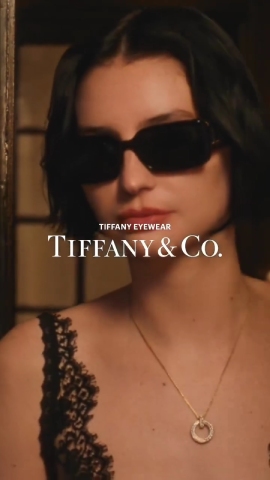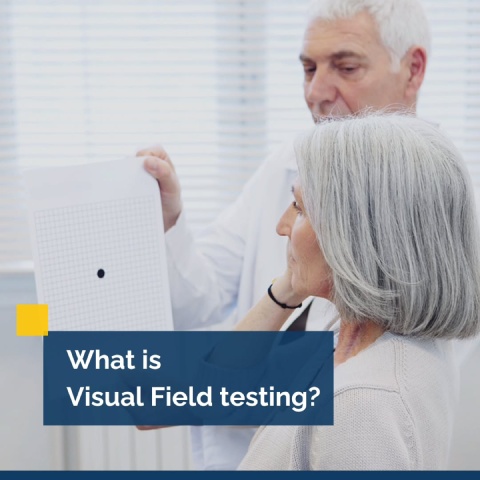Everyone deserves quality eye care, and regular eye exams play a critical role in preserving eye health and vision. For those people with vision correction needs, glasses and contact lenses provide staple choices.
Eyeglasses for refractive errors include a lens prescription. With significant refractive errors, one may need a stronger prescription and a thicker lens. But is this also true for contact lenses? Let’s find out.
The Difference Between Glasses and Contact Lens Prescriptions
You may be surprised to learn that prescriptions for eyeglasses and contact lenses are different. Yes, both provide clearer vision, but their prescriptions aren’t interchangeable.
The lens power in glasses and contact lenses correct nearsightedness, farsightedness, or astigmatism. Eyeglasses sit 12 millimetres away from your eyes and require the entire surface area to have lens power. Contact lenses, in contrast, sit directly on the eye and has a smaller surface area, thus the difference in lens power.
Problems with the shape of the eye, the cornea, or the lens prevent light from focusing on the retina. Eyeglasses bend the light to focus directly on the retina and provide clear vision. Contact lens prescriptions need to take into account:
- Base curve: The base curve refers to the curve at the back of the contact lens determined by your cornea shape for proper fitting.
- Diameter: The lens diameter is the overall size of the contact lens and is different for soft and rigid gas permeable lenses.
- Lens material: Different lens materials offer different degrees of breathability and hydration.
- Expiration date: Prescriptions for contact lenses usually last a year, after which you need another eye exam to determine the prescription.
A Contact Lens Exam & Fitting
The only way to determine the right contact lens for your eyes with optimum comfort and clarity is through a contact lens exam and fitting by your optometrist. This exam involves:
- A discussion about your lifestyle and needs
- An eye assessment
- Measuring the eye’s surface, cornea’s curvature, and pupil size
Once the exam and measurements are complete, your optometrist will determine the right curvature, diameter, and thickness to fit your eyes. You will wear a trial pair of contacts for a week. A follow-up appointment ensures your contact lenses fit comfortably or if you need to change to a different lens type.

Contact Lens Thickness
If you wear glasses and have a high prescription, you may feel that contact lenses can’t work for you. There are many different types of contact lenses, even high-powered contact lenses that are a bit thicker:
Soft Contact Lenses
Soft multifocal contact lenses for myopia are thicker on the outer edges, thinner in the middle, and have a bullseye shape. There are 2 different portions for focusing light:
- The center part refocuses light on the retina, correcting nearsightedness and making distant vision clearer.
- The outer part refocuses peripheral light in front of the retina to slow eye growth.
Contact lenses for hyperopia have a thicker middle which helps converge light rays. It increases the focusing power to the back and on the retina.
Soft spherical contact lenses can work for low astigmatism caused by an irregular or abnormal cornea surface that makes it difficult to see at any distance. For moderate to severe astigmatism, soft toric contact lenses work best.
Soft toric contact lenses have a central thickness to mask irregular corneal astigmatism. These lenses, weighted at the bottom, help keep the lens in position to prevent moving and causing vision fluctuations when you blink.
Toric lenses have different refractive capabilities on the vertical and horizontal axis of the lens. It ensures accurate light reflection depending on your eye shape.
Contact lenses with varying degrees of thickness made with hydrogel are comfortable for most people. However, due to their thickness, they can also contribute to dry eyes and affect oxygen permeability. Other options include silicone hydrogel soft contact lenses.
Rigid Gas Permeable Lenses
Also known as hard contacts, these lenses are thinner, more breathable, and don’t absorb moisture from the eye’s surface. They can correct moderate astigmatism.
These contact lenses maintain their shape instead of conforming to the irregular corneal surface even when you blink. They last longer than soft toric lenses but are less comfortable and require more time to adjust.
Contact Lenses That Provide Comfort and Clarity
All contact lenses require a prescription because they are medical devices. If you’re interested in switching to contact lenses from glasses, an eye and contact lens exam can determine the degree of refraction and the correct prescription.
Book an appointment with Calgary Family Eye Doctors to find the best lens type for your eye shape.



